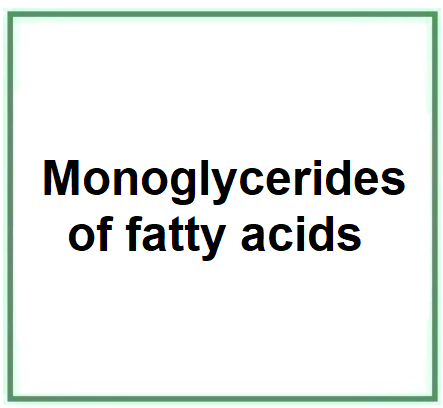![]() Monoglycerides of Fatty Acids
Monoglycerides of Fatty Acids
Rating : 6
Cons:
Probable animal origin (1)Monoglycerides of fatty acids refer to molecules that contain a single fatty acid attached to a glycerol molecule.Description of raw materials used in production. Fatty acids and glycerol, commonly derived from vegetable or animal oils and fats, are the main ingredients used in the production of monoglycerides.Step-by-step summary of industria... (Read the full Tiiip)
9 pts from Frank123
| Evaluate | Where is this found? |
| "Descrizione" about Monoglycerides of Fatty Acids Review Consensus 9 by Frank123 (12058 pt) | 2023-Oct-06 10:17 |
Monoglycerides of fatty acids refer to molecules that contain a single fatty acid attached to a glycerol molecule.Description of raw materials used in production. Fatty acids and glycerol, common ...
| Read the full Tiiip | (Send your comment) |
Read other Tiiips about this object in __Italiano (1)
Component type: Chemical Main substances: Last update: 2023-10-06 10:07:48 | Chemical Risk: |



